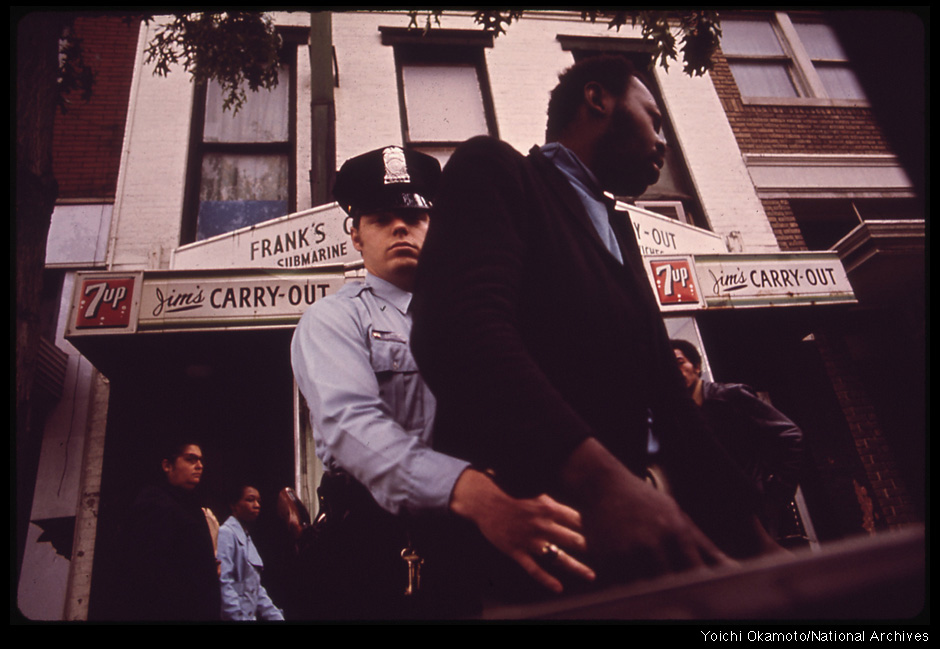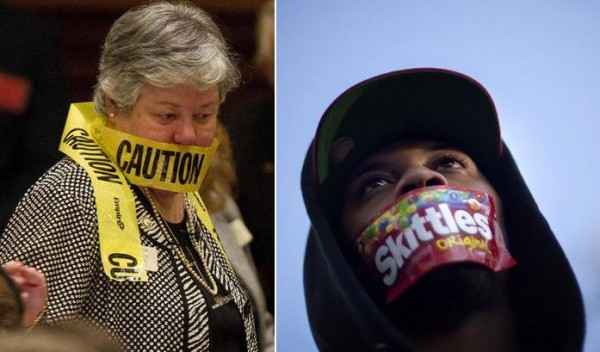Notes
Surveilling the Death of Anna Brown
 Anna Brown is dying.
Anna Brown is dying.
Last September, Anna Brown, a 29 year old homeless black woman, went to three hospital emergency rooms complaining of pain in her legs. At the last one, St. Mary’s, she refused to leave without getting treatment. The hospital had her arrested.

Hospital surveillance cameras show her in a wheelchair and dropped to the ground by arresting officers.

Police car surveillance cameras show Brown in the back of the police car telling officers she was unable to get out of the car without a wheelchair. Jailhouse surveillance cameras show officers carrying her into a jail cell and placing her on the floor. Fifteen minutes later, Brown died of blood clots that migrated from her injured leg to her lungs.

After her death, the jailhouse surveillance camera show the local fire chief and an officer discussing the fact that Brown “could very well” have been a “drug seeker.” No drugs were found in her system.

Race, health care, and surveillance culture come simultaneously into play here. That the healthcare system can be reckoned as something other than a force for good is balanced by the good of a typical “evil”: surveillance. Without surveillance film, it’s possible the death of this young woman would have gone unnoticed.
But surveillance cameras from a few different places, perhaps like police video capturing the physical condition of George Zimmerman in the Trayvon Martin case, cast a grainy yet objective eye to events. And yes, the images beg racial questions: if Anna Brown wasn’t black, if she wasn’t perceived as a “drug seeker,” if she weren’t homeless, would she have died on the floor of a jail cell because a hospital didn’t want to deal with her? All the authority figures shown were white males.
Whatever the answer to these questions (and as much controversy as there is surrounding CCTV), rest assured that in the future, we will increasingly witness via surveillance.
— Karen Hull


Reactions
Comments Powered by Disqus